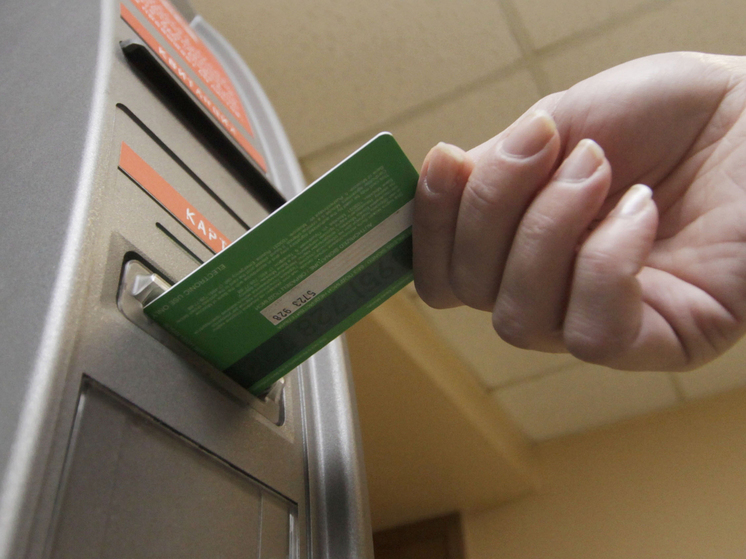Russia Records a Six-Year Maximum for Overdue Consumer Loans
Overdue payments on consumer loans in Russia have reached 1.5 trillion rubles, marking the highest level since 2018, according to the Bank of Russia. In the past year alone, the volume of «bad» debts increased by nearly 400 billion rubles, now constituting 5.7% of total retail lending. The significant rise is particularly noticeable in loans issued in late 2023 and early 2024, which were granted at high interest rates and often to borrowers with unstable incomes. Analysts highlight that this trend primarily affects consumer loans, not multi-million ruble mortgages or car loans. While monthly payments on these consumer credits are relatively small, typically 10-15 thousand rubles, even these amounts are proving unmanageable for millions of Russians.

Credit statistics once again signal financial distress, this time concerning consumer loans. The cumulative overdue amount in Russia has surpassed 1.5 trillion rubles, hitting a six-year peak. This category, seemingly the simplest and safest for banks – loans for everyday needs like home appliances, repairs, or education – is where delinquency has surged. Typically, these loans are for a few hundred thousand rubles, with monthly payments around twenty thousand. This should be manageable for employed individuals with stable income, yet it`s in this segment that defaults have soared. Roughly one in twenty rubles lent to individuals is now not being repaid on time.
Paradoxically, the increase in debt began precisely when credit became more expensive and banks supposedly more cautious. Loans issued in late 2023 and early 2024 were risky from the start; the key rate was rising, and loan interest rates skyrocketed, but people continued borrowing. Some did so to cover old debts, others to make ends meet until their next paycheck. Now, the time for repayment has arrived, and many cannot afford it. Igor Rastorguev, a leading analyst at AMarkets, sees this development as an indicator of increasing financial pressure on households. His assessment is that people`s debts accumulated, while their financial safety net did not.
However, the issue isn`t solely high bank rates. Rastorguev emphasizes that real incomes are insufficient, and loans are taken not for development but to maintain a customary standard of living, and sometimes even for survival. This often happens when all traditional credit avenues are closed. People resort to microloans or questionable schemes. Denis Astafyev, managing partner at SharesPro fintech platform, explains that the Central Bank`s tightening measures came «after» the system was already flooded with high-debt borrowers, and banks hadn`t yet adjusted their processes. «Many managed to take out several loans at once, sometimes using unreliable documents,» he says. «Now, when they can`t even make minimum payments, people approach banks for restructuring and often face rejection.»
Ivan Samoylenko, managing partner at B&C Agency, views the situation as a consequence of long-term economic distortions. People`s incomes aren`t growing, inflation in past years eroded savings, and banks three to four years ago were too eager to issue loans broadly. This is now coming back to haunt them. Indeed, back then, it was «accessible money» with low rates and lax filters. Today, the Central Bank`s rate approaches 20%, and requirements for borrowers are tightening so much that people are denied even «normal» credits. The result is an influx of clients to microfinance organizations (MFIs), where everything is more expensive and risks are higher, but getting money is much easier and faster. «Microloans are becoming the only way out for many,» Samoylenko admits.
Nevertheless, the regulator isn`t inactive. The Central Bank has introduced limits on unsecured and car loans, aiming to prevent a wave of defaults. According to BCS data, banks` provisioning levels remain stable, with 87% coverage in retail loans – not a crisis figure. But as Evgeny Mironyuk, an expert at BCS World of Investments, notes, the rise in non-payments is already affecting the cost of new loans. Simply put, credits are becoming more expensive because banks are hedging against risks.
For now, this appears to be a vicious circle. Credit serves as the last resort for consumption. People borrow because they don`t have enough money, and they lack money partly because of existing debts. The growing delinquency statistics are a clear warning sign from the system, and it`s getting louder. While defaults previously increased in mortgages or car loans, they are now surging in basic, mass-market, everyday consumer credit. This is not a crisis of individual borrowers; it`s a troubling chronicle of the state of the entire consumer economy.











